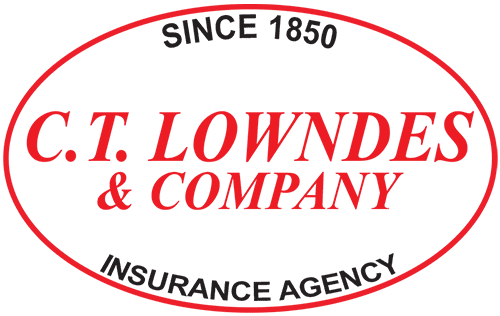RISK RATING 2.0
The National Flood Insurance Program’s new rating methodology, Risk Rating 2.0, is designed to deliver rates that are easier to understand and better reflect a property’s unique flood risk. RR 2.0 rates will now be developed on a structure-by-structure basis, offering each property owner a more individualized picture of their flood risk.
Fueled by years of NFIP losses (billions of dollars) and rating inequities that, as FEMA states, means “policyholders with lower-valued homes are paying more than their share of the risk while policyholders with higher-valued homes are paying less than their share of the risk”, Risk Rating 2.0 will result in a flood risk that can be more accurately tailored to each property. “The methodology uses industry best practices and cutting-edge technology to deliver rates that are actuarily sound, equitable, easier to understand and better reflect a property’s flood risk” per FEMA.
The goal of Risk Rating 2.0 is to ensure that premiums are based on the home’s flood risk. The FEMA flood zone will still determine whether a property is required to have flood insurance, but the premium will be based on the individual characteristics of the property, such as proximity to water, flooding frequency, flood types (river, ocean, etc.), rebuild cost, whether elevated or not, etc.
Risk Rating 2.0 is equity in action. Individuals will no longer pay more than their fair share in flood insurance premiums.
What is the pricing impact of Risk rating 2.0?
FEMA estimates that approximately 66% of policyholders will see a $0-$10 per month increase in premium, with approximately 23% of policyholders seeing a decrease. 7% of customers may see an increase of $10 – $20 per month more and around 4% of premiums could go up by $20 or more.
Are Preferred Risk Policies (PRP) still available?
Not exactly, but for the better. Policies previously in the Preferred Risk Program will now be eligible to choose a different coverage limit or deductible options upon renewal in RR 2.0. If you have a PRP flood policy, be sure to speak with your agent to learn more and perhaps change your building and contents limits and/or deductibles.
What is happening with Grandfathering?
Grandfathering is no longer a rating option under RR 2.0 due to the transition from flood zones and Base Flood Elevations. Policies that are now grandfathered and that have a higher premium as calculated by RR2.0 will be placed on the NFIP glide path until they reach their full premium amount. If the full premium is lower in RR2.0, they will receive the lower
premium when the policy renews in RR2.0. The NFIP Glide Path refers to FEMA’s annual 18% premium increase cap.
Are Elevation Certificates still a requirement?
No. Although elevation certificates (EC) will no longer be required for rating purposes, information on the EC can be used to determine the first-floor height. If an EC is provided, the information taken from the EC will be used to rate the policy, ensuring the best rate is produced.
Is proper venting still important?
There is a question on the application specific to flood vents. The number of vents and the squared inches they occupy is required. Premium discounts will be based upon how this question is answered.
What about elevating machinery and equipment necessary for the home?
To qualify for a premium discount, machinery like HVAC and water heaters must be elevated above the first-floor level. Items like clothes washers/dryers and freezers must be above the first floor.
What should I consider if I am building a new home?
We know sea levels are rising. Just notice the frequency of high tides that flood our streets! We see storms becoming more severe, with heavy, lingering rains. Build your home so that water will not come into your home. Preventing flood damage is the best plan, far better than having to deal with a flood insurance claim.

